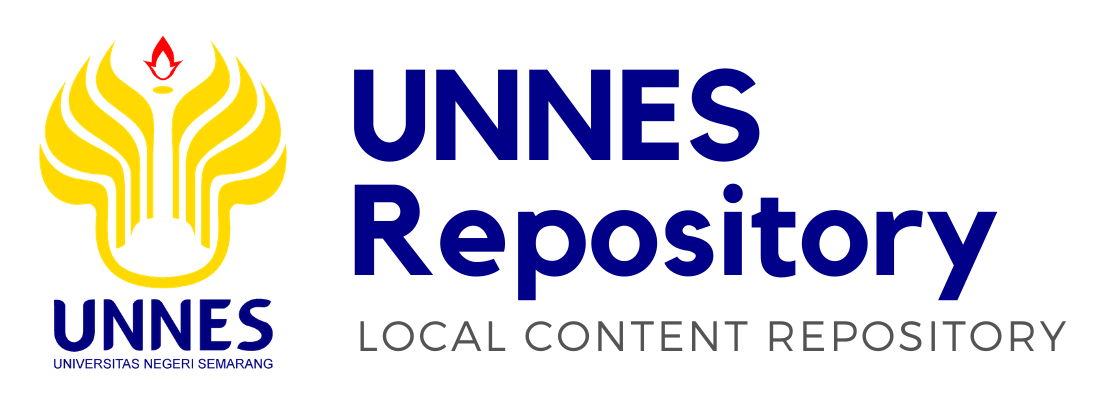BURIED WAVEGUIDE POLYMETHYLMETHACRYLATE MODELING FOR REFRACTIVE INDEX SENSOR APPLICATION USING FINITE ELEMENT METHOD
Ian Yulianti, - BURIED WAVEGUIDE POLYMETHYLMETHACRYLATE MODELING FOR REFRACTIVE INDEX SENSOR APPLICATION USING FINITE ELEMENT METHOD. SPEKTRA: Jurnal Fisika dan Aplikasinya.
|
PDF (Article)
Download (375kB) |
|
|
PDF (Turnitin)
Download (1MB) |
Abstract
The purpose of this study is to obtain the optimum buried waveguide structure through modeling for refractive index sensor applications. The waveguide cladding material used as Polymethylmethacrylate (PMMA). The core cross-section size was 1 × 1 mm2 . The simulation was carried out at a wavelength of 650 nm using the Finite Element Method (FEM). The parameter of the buried waveguide optimized in this model was the core refractive index and the thickness of the upper cladding to obtain a high propagation constant and good sensitivity to refractive index. Modeling was done for various core refractive index values varied in the range of 1.52 to 1.59, which are the refractive index of various types of polymers. To optimize the sensitivity, the thickness of the upper cladding was varied between 0.125 mm to 0.5 mm. Besides, a simulation was also carried out for a waveguide without an upper cladding. The results show that the optimum waveguide is a waveguide without upper cladding using polyester as core material with a refractive index value of 1.57 and a sensitivity of 4.9 × 10-10rad /m RIU.
| Item Type: | Article |
|---|---|
| Uncontrolled Keywords: | buried waveguide, refractive index sensor, finite element methods |
| Subjects: | Q Science > Q Science (General) |
| Fakultas: | Fakultas Matematika dan Ilmu Pengetahuan Alam > Fisika, S1 |
| Depositing User: | dina nurcahyani perpus |
| Date Deposited: | 06 Mar 2023 03:13 |
| Last Modified: | 12 Apr 2023 05:05 |
| URI: | http://lib.unnes.ac.id/id/eprint/56446 |
Actions (login required)
 |
View Item |
